|
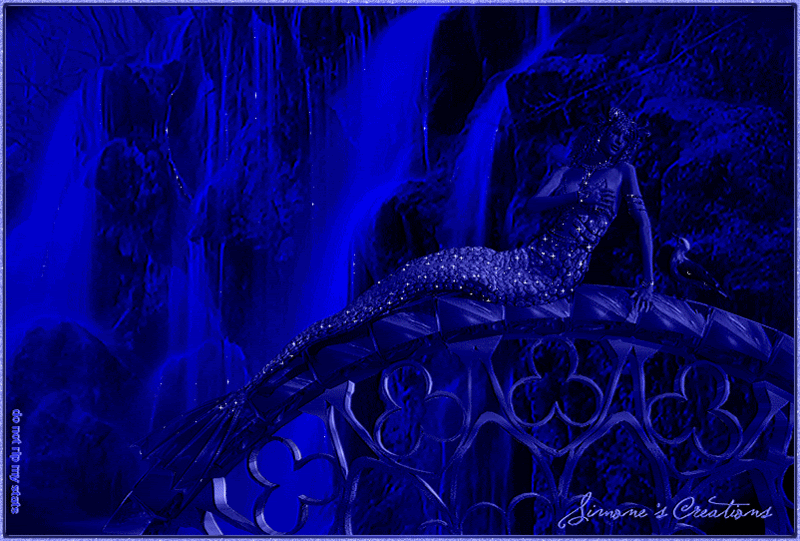
"The day before, when the Admiral was going to the Rio del Oro, he said he saw three mermaids who came quite high out of the water but were not as pretty as they are depicted, for somehow in the face they look like men. He said that he saw some in Guinea on the coast of Manegueta."
From the Diary of Christopher Columbus, January 9, 1493

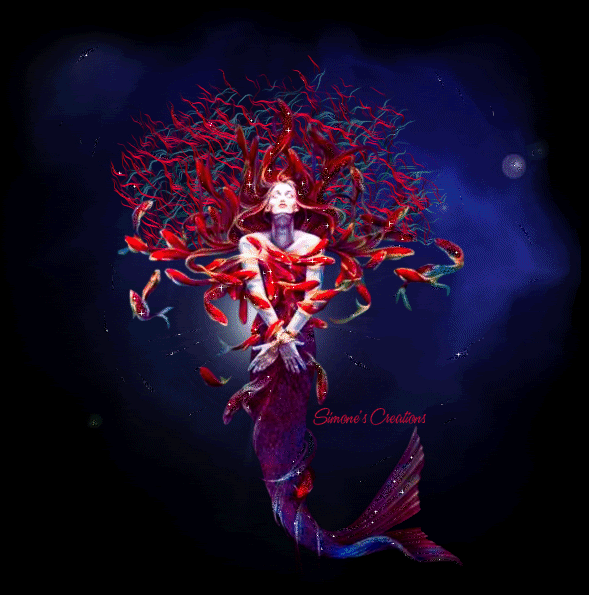
Mermaids have been enduring symbols in myth and culture for thousands of years. Mermaids continue to have a very visible role in contemporary society in advertising, movies and our culture in general.
Each year the Coney Island Mermaid Parade occurs the first Saturday after the summer solstice around the third week of June, hundreds of mermaids, Neptunes, mer-men and hundred of thousands of spectators descend upon Coney Island, New York to celebrate the beginning of Summer and the official opening of the Atlantic Ocean.
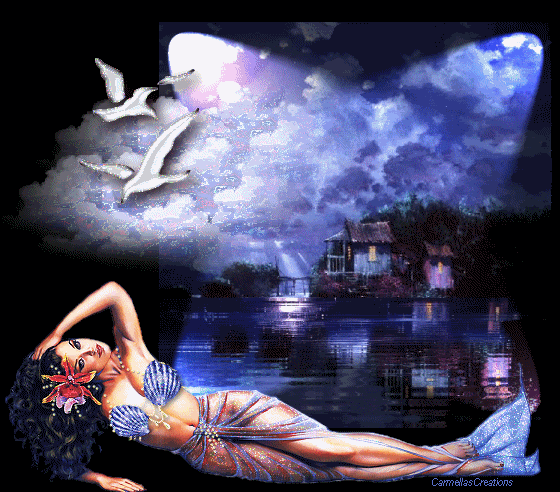
Beatrice Phillpotts, in her book Mermaids suggests that: Supremely beautiful, forever combing her hair, just beyond reach of men, mermaids have beckoned the adventurous to the unknown and the promise of forbidden fruits. However behind this seductive image of the Siren lurks the a metaphor of death, for enticed by her promise and allure, generations have been lured to their certain doom in a thousand different stories that form the bases of powerful and enduring myths and legends that continue today.
The mermaid is found in all Western countries; she is the German Meriminni or Meerfrau, the Icelandic Marmenill, the Danish Maremind, the Irish Merow and many others, and there are echoes of her story from the East as well. The Matsyanaris, figures sometimes found sculptured in Indian temples, are nymphs with fishes tails, and superstitious Chinese sailors firmly believe in the existence of similar creatures in the China sea.

The Sirens of today, including the mermaid that calls to us from almost every urban corner,claim a long and rich ancestry, that dates back to a multitude of fish-tailed gods and goddesses of some of man's earliest civilizations. The sea, as womb of creation and the source of unfathomable wisdom has always played an important role in world beliefs, particularly among maritime nations. The Gods of the sea are among some of the most powerful in history and their strength lives on in a host of submarine beings symbolic of the shifting, ever changing, dual nature of the sea as both life-giver and destroyer.
In Greek mythology, sirens are sea nymphs who possess the bodies of birds and the heads of women, and are the daughters of the sea god Phorcys. Sirens had such sweet voices that it is said that mariners who heard their songs were lured into grounding their boats on the rocks on which the beautiful nymphs sang.

One of the first references to a humans encountering Sirens is found in Homer's ancient epic, the Odyssey, written around 800 B.C. Ulysses is hardened to the many apparitions he had encountered on his travels and was very skilled at circumventing dangers and outwitting his adversaries. Ulysses was guided by Circe a sorceress who know the secrets of the seas and guided him in his great adventure.
The Greek hero Ulysses was able to pass their island in safety because, following the advice of the sorceress Circe, he plugged the ears of his companions with wax and had himself firmly bound to the mast of the ship so that he could hear the songs without danger. According to another legend, the Argonauts escaped the Sirens because Orpheus, who was on board their ship, the Argo, sang so sweetly that he drowned out the song of the nymphs. According to later legends, the Sirens, upset at the escape of Odysseus or at the victory of Orpheus, threw themselves into the sea and perished
In myth and folklore, mermaids are supernatural, sea-dwelling creatures with the head and upper body of a beautiful woman and the lower body of a fish. The mermaid is frequently described as appearing above the surface of the water and combing her long hair with one hand while holding a mirror in the other. Mermaids, in the numerous tales told of them, often foretell the future, sometimes under compulsion; give supernatural powers to human beings; or fall in love with human beings and entice their mortal lovers to follow them beneath the sea. Similarities frequently exists between the stories concerning mermaids and those told about the Sirens. The Sirens of Homer's Odyssey are often depicted as mermaids in contemporary art.
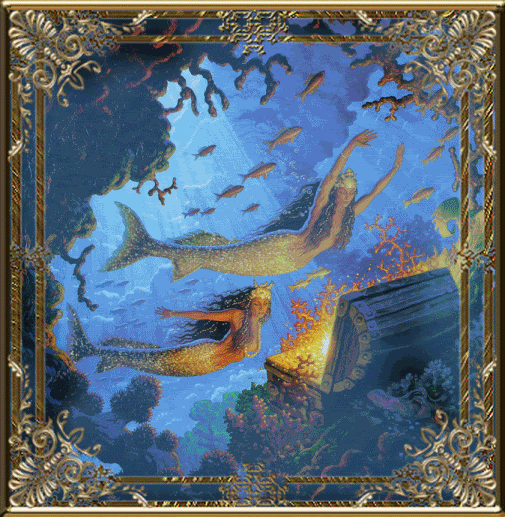
MERMAIDS AND RELIGION
Seduction of the Faithful: Noah looks on anxiously as fellow passengers on the Ark ogle nearby mermaids. A woodcut from the Biblia Sacra Germanica, kown as the Nurenberg Bible, 1483
Phillpotts in Mermaids states: "Faced with the mass of accumulated stories and reported sightings relating to a patent sinner who nonetheless clearly commanded a large popular following, the Western Roman Church countered by enlisting the mermaid as a spectacular propaganda aid in the cause of religious duty. Moralized, she now existed solely as a siren eager to lure the upright citizen from the straight and narrow. The censorious Church attitude reflected a central repressive approach to sex in general. Writing to St Augustine in 601 AD, Pope Gregory adopted a stern stand on the matter, declaring that Lawful intercourse should be for the procreation of offspring, and not for mere pleasure, and continuing: It is not fitting that a man who has approached his wife should enter Church before he has washed nor is he to enter at once though washed... for when a man's mind is attracted to those pleasures by lawless desire, he should not regard himself as fitted to join in Christian worship until these heated desires cool in the mind, and he has cease to labour under wrongful passions.
(Bede, A Historjv of the English Church and People, translated by Leo Sherley-Price, 195 5)
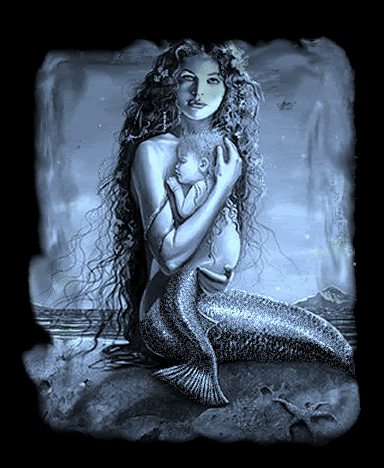
Symbols of Vice, the voluptuous harlot-mermaids as represented by the medieval Church personified the lure of base, unnatural desires which stood between a man and his chance of salvation.
As a vivid reminder of banned pleasures, the mermaid enjoyed a revival in the Middle Ages. Mermaid carving began to appear increasingly in church decoration and mermaid illustrations formed a popular feature of the bestiary books that came into vogue between the eleventh and fourteenth centuries, in which fantastic descriptions of real and imaginary creatures were used to illustrate points of Christian dogma. As fatal charmer, the mermaid continued the siren tradition but in fish rather than bird form. The snaky sinuosities of her tail made the mermaid form a particular favorite in Church carvings which could also neatly and decoratively point a moral lesson, and soon an army of shapely sirens carved on the capitals of the pillars and pew ends gazed at the assembled faithful.
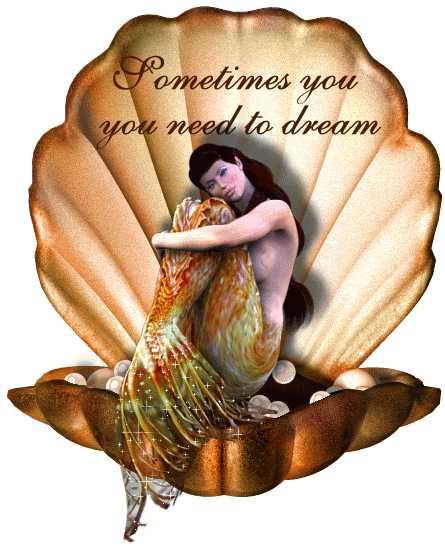
Confronted by a fleet of predatory mermaids brandishing their fearsome fish trophies, symbols of the abducted Christian soul, the medieval churchgoer was urged to reflect on the righteousness of his own life-style. Some church authorities, feared for the spiritual benefit of such possible musings. St Bernard of Clairvaux expressed his own anxiety for the spiritual welfare of his monks surrounded by such salacious beauties.
To understand the significance and origin of Sirens and mermaids as symbols and the compelling themes they address, it is necessary to visit the role of the human form in classic myth. The female form is of course frequently found adorning public buildings, squares, cathedrals, museums and parks around the world. In Western tradition, the ability to master the female figure is often the mark that defines fine artistic talent. Clark observes: "We remember that the nude is after all, the most serious of all subjects in art..." 9 Auguste Rodin observed "The human body is first and foremost a mirror to the soul and its greatest beauty comes from that". Similarly Walt Whitman offered: "If anything is sacred, the human body is sacred. It is understandable that Sirens must embody these themes in the important role they play in myth.

sources:
http://myths.e2bn.org/mythsandlegends/origins532-a-mermaid-and-a-magic-comb.html¡¡
http://northstargallery.com/mermaids/MermaidHistory2.htm
background and graphics by:



|